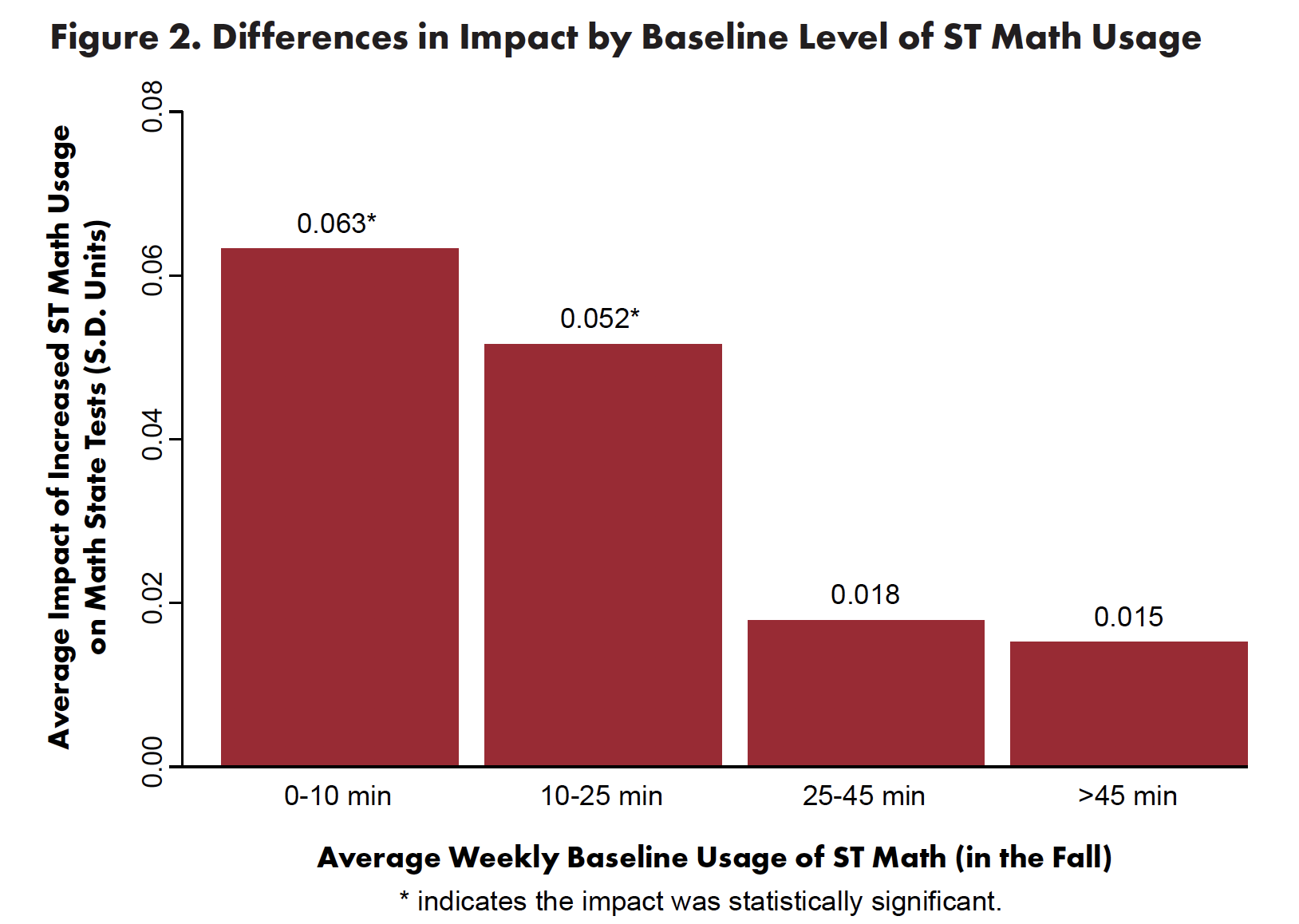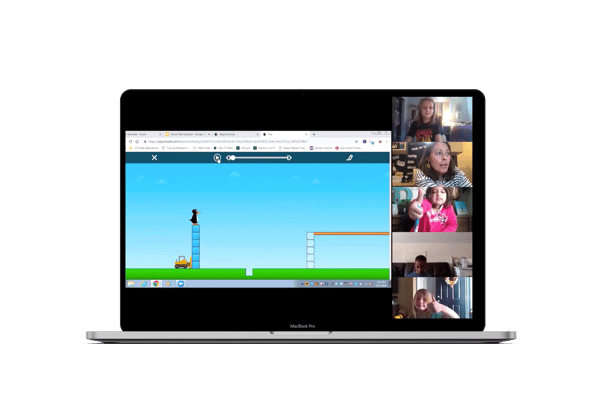
As we begin the second half of the school year, many educators may be trying to find a way to use ST Math to help support test prep, address unfinished learning, provide targeted intervention, and support personalized instruction to address COVID slide. This school year has not been what we would have expected, and for some students, that has led to a lot of anxiety, especially in regards to mathematics.
For some of you, state testing is just around the corner. Your students have worked hard all year, and you may be looking for ideas on how to use ST Math to provide support for classroom instruction and further develop your students’ skills.

ST Math has a game-based feel and intrinsically motivating puzzles, making the program a great way to encourage students to learn, build confidence, and develop perseverance in solving novel problems.
I’ve worked with teachers across the country to identify some best practices for using ST Math to support student understanding of math content. With strong visual models, informative feedback, and mastery-based learning, ST Math has been proven to positively impact test scores.
A study released by Proving Ground, part of the Center for Education Policy Research at Harvard University, found that increasing usage from fall to spring by more than 10 minutes per week correlated to significantly higher math gains on multiple state standardized math assessment.

Also, ST Math’s player experience provides the positive reinforcement and guidance students need to develop confidence, knowledge, problem-solving strategies, and curiosity about mathematical concepts and ideas. Below are some tips that are not only great for test prep but can also be used year-round to support students in achieving academic success.
Data is a concrete way to start developing a strategic plan. You can gather available data from ST Math, past assessments, district benchmark tests, etc., to gain a better understanding of where your students are and what concepts they need to deepen their understanding of. As you review the data, think about:
Use these data points to create a strategic plan for using ST Math puzzles and resources by looking for specific objectives and games that teach the concepts you’ve identified. The ST Math Scope and Sequence document found on the ST Math Help site will allow you to search by standard or objective for games that may meet your needs.
With your newly identified objectives, you’re ready to create a strategic plan for using ST Math to engage students in developing math content, confidence, and perseverance.

Teachers may choose to strategically assign objectives to match student needs. The assignments feature allows teachers to personalize instruction by assigning students content from any grade level. This could mean assigning content that:
This is a great way to provide students opportunities to preview content before it is taught and review content needing intervention.

On assessments, students need to be able to clearly and precisely communicate their thinking, mathematical reasoning, and critique the reasoning of others.
ST Math can support mathematical discourse through:
When facilitating a Puzzle Talk, use the annotation tool to pause the animation and provide opportunities for students to make conjectures, discuss problem-solving strategies, and explain and justify their reasoning. Consider using game mats, math mats, and facilitation tools to support your classroom discussions.

When a student submits their solution to a puzzle, ST Math’s immediate informative feedback and animation allow students to see the math in action - and more importantly - why they got an answer right or wrong. Consistent play of ST Math reinforces these mathematical concepts while bolstering student confidence to tackle more complex problems in the future.
If you’re still not convinced, ST Math puzzles are designed to:
“My students work with ST Math, and it prepares them well for state assessments. The challenging puzzles build their confidence and perseverance. The rigorous work they do on ST Math helps my students to understand that they can do hard things. They see themselves as problem solvers who can tackle any question they face.”
– Meagan Erwin, 3rd grade math teacher

Twana is Vice President of Curriculum and Instruction at MIND Research Institute. Follow her on Twitter @TwanaYoung.
Comment